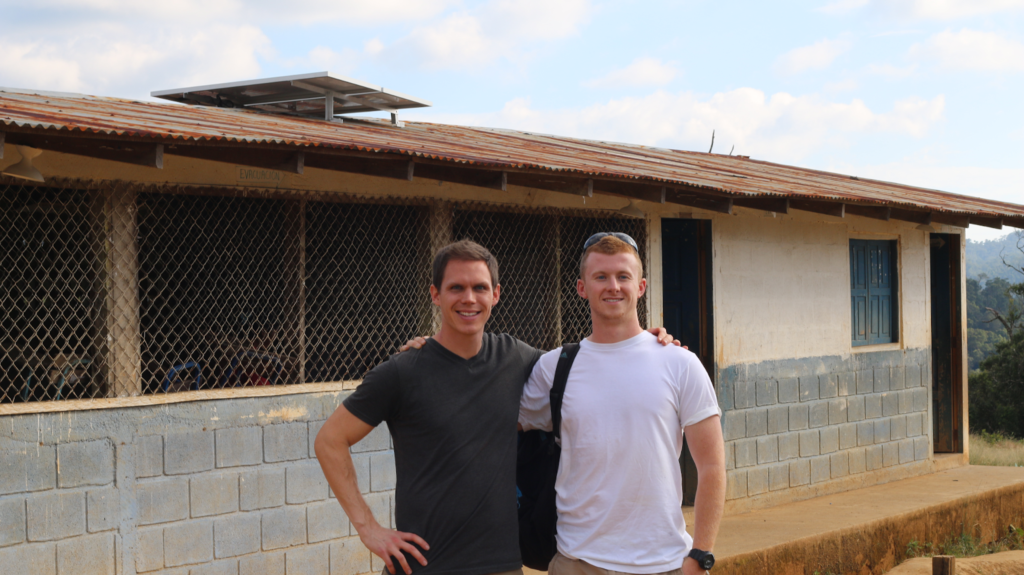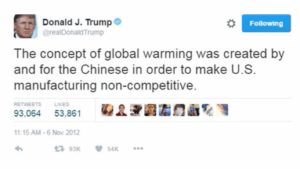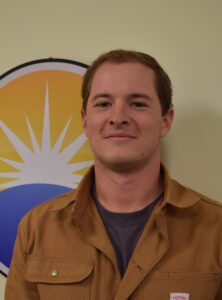The United Solar Initiative Journey
In early 2013, Alex Wilhelm and Steven Thomsen didn’t know each other, but they both knew of the harmful properties of kerosene lamps, and the problems communities in developing countries faced without access to electricity. Separately, they were working on projects to fix this problem when they were introduced by Ed Witkin, a solar energy instructor. The three soon joined efforts and began working on the first pilot project for USI.
Working out of a Chapel Hill warehouse, they designed a system and shipped materials to Nicaragua for a project to power a school that did not have electricity. The pilot served as a useful learning experience, demonstrating that the problem they were addressing went beyond the poor health effects of kerosene lamps. Issues of restricted access to education, job training, and other access opportunities that electricity brings to a community were paramount.
Following the first pilot, USI expanded its team to bring Brandon Durham and Jack Schaufler on board and began planning a second project to act as a proof of concept. USI established its first partnerships with Strata Solar LLC., Sister Communities of San Ramon, and Appalachian State University during the following months. The San Ramon project was a huge success, but again the team learned a valuable lesson – the problem is bigger than communities without electricity.
The second pilot demonstrated that the infrastructure for a sustainable energy industry does not exist in this part of the developing world. That is when USI began to realize the potential value in working with individual solar companies in target countries to become a bridge between the companies and the organizations that need their services, providing resources and manpower while outsourcing the equipment and installation needs of projects to the local suppliers.
Working with Suni Solar on the San Ramon project, the team saw that the company had a solid foundation and was looking for ways to improve. The company welcomed the guidance of USI throughout the entire installation. USI’s current model began to take shape, and a simple idea had turned into the potential for change on a global scale.




